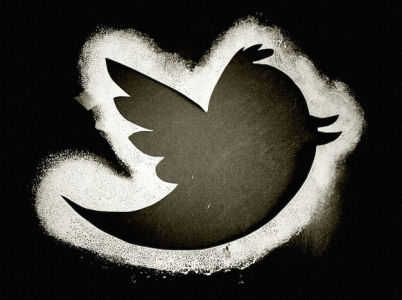 At this point, even your grandmother knows about Facebook. So it stands to reason that any small business that wants to establish an online presence should know how to utilize it. But, as you might guess, there are many out there that are hurting their brand by being on Facebook. This is because they have no real sense of how to maintain an online presence.
At this point, even your grandmother knows about Facebook. So it stands to reason that any small business that wants to establish an online presence should know how to utilize it. But, as you might guess, there are many out there that are hurting their brand by being on Facebook. This is because they have no real sense of how to maintain an online presence.
So what do you need to do (or not do) on Facebook to help build an online awareness of your band as reach as many people as possible?
- Keep your page active. Don’t simply create a Facebook page just to have one. You should be using it at least once a day (for those busy super-swamped offices, we’ll let you off the hook and say every other day) to post useful information or to build your network. Don’t create your page and let it slowly die, collecting internet flies.
- Keep in mind that “active” means productive. Try not to flood the walls of your fans with twenty posts a day. A a small business, the only reason you’d have to post more than 2-3 times a day is if you’re having a Facebook-fueled contest…
- ..which is not a bad idea. Use Facebook to hold contests for freebies or giveaways to your fans. Maybe your 1,000th fan gets a special discount or the 50th comment on a post wins a free product.
- Publicize it. Once your page is active and you have gained a nice number of friends/followers, make sure people know it’s there. Link to it from your website. Put it on business cards. Mention it in ads. Anywhere you can place that little blue box with the “f” in it, do so.
- For the love of God, don’t talk about your lunch or what you’re drinking. Post meaningful content that is going to be useful to your core audience. This can be promoting specials you are having or linking to relevant blog posts within your industry. Just make sure your content is relevant to your audience and not the filler material that pollutes roughly 75% of Facebook.
- Stay open to comments and feedback. In the world of Facebook, you are likely to attract more fans when they see that you actually value and even interact with the people that take the time to post on your wall.
See? Facebook is about more than political rants and adorable pictures of cats. Use it right and it can help build your brand ins ways you never imagined.







